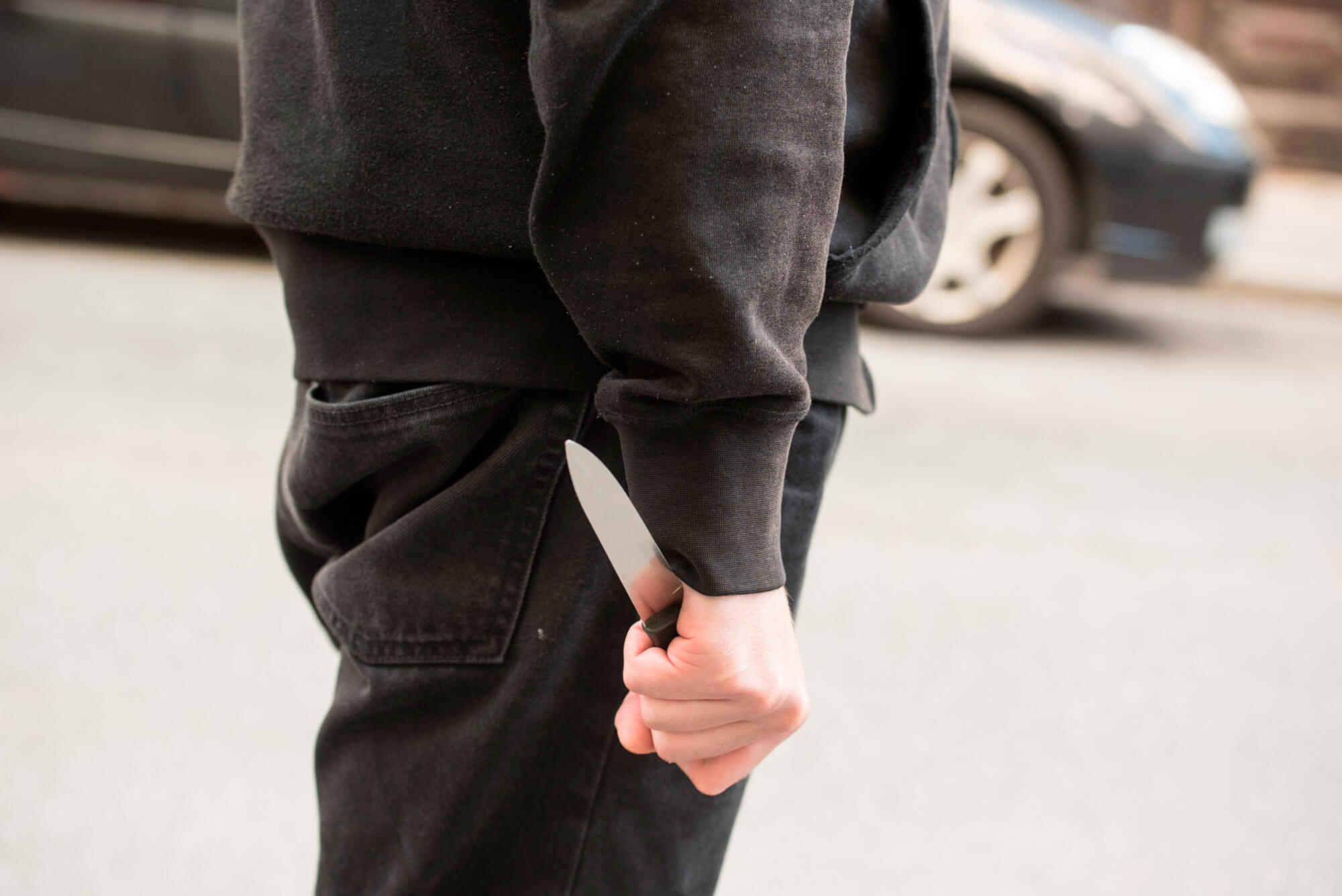Government's New Investment in Knife Crime Prevention

HM Government has announced an additional £4 million investment to combat the rising scourge of knife crime, as revealed by Home Secretary James Cleverly on 15 May 2024. This significant funding boost aims to enhance the capabilities of law enforcement through advanced technologies and strategic policing measures.
Technological Advancements
Of the £4 million, £3.5 million will be allocated towards the research, development, and evaluation of innovative technologies designed to detect knives from a distance. This includes hand-held or body-worn systems that can be operated by individual officers, providing a critical tool in the fight against knife crime. These advancements are expected to revolutionise the detection and prevention of knife-related offences, allowing police to identify and intercept potential threats more effectively.
Enhanced Policing with Live Facial Recognition Units
HM Government has also confirmed £547,863 in funding for the refit and redeployment of four vans into new mobile Live Facial Recognition (LFR) units for the Metropolitan Police. The Government believes these units will be instrumental in hotspot policing efforts to address the surge in knife crime in London. LFR technology is used in busy areas to check individuals against a list of persons wanted by the police or courts. Its effectiveness is well documented, with December deployments in Croydon leading to 15 arrests for serious offences, including rape, robbery, and grievous bodily harm.
The use of LFR is governed by strict data protection, equality, and human rights laws, ensuring that it is applied fairly and proportionately. Images captured by the technology are instantly deleted if they do not match those on the police watchlist, maintaining privacy and public trust.
Statements from Key Officials
Home Secretary James Cleverly emphasised the critical need for these measures, stating, "Knife crime ruins lives and recent tragedies show there’s a lot more to be done to take these dangerous weapons off our streets. That’s why we’re taking a joint approach and announcing further measures to tackle these heinous crimes." He highlighted that while technology is vital, the presence of officers on the streets remains irreplaceable.
Commander Clayman, the national knife crime lead at NPCC, welcomed the investment, noting that knife detection technology is an essential tool in the broader strategy to keep communities safe. He stressed the importance of a multifaceted approach, combining technology with partnerships and tactical policing.
Legislative and Strategic Measures
The UK already has some of the toughest knife crime laws globally. Recent legislative actions have included banning zombie knives, cyclone knives, and machetes, with new bans set to come into effect this summer. It is illegal to carry a knife in public without a reasonable excuse, reflecting the government's commitment to stringent enforcement.
Violence Reduction Units and Early Intervention
Young people carry knives for various reasons, often influenced by complex social and personal factors. The key drivers of violent crime identified in the Modern Crime Prevention Strategy include drug-related issues, the effectiveness of the criminal justice system, personal character, and opportunities facilitated by social media. Drug-related motivations include fuelling robberies to service drug dependence and violent competition between drug sellers. Personal circumstances, such as gang activity, a perceived need for protection, and involvement in the care system, also contribute to the propensity for violence.
To address the root causes of violence, the government has funded 20 Violence Reduction Units (VRUs) across England and Wales. These units bring together law enforcement and local partners to implement early intervention programs, reaching over 271,000 vulnerable young people in the past year alone. An independent evaluation indicated that these VRUs, alongside hotspot policing, have prevented approximately 3,220 hospital admissions for violent injuries since 2019.
Conclusion
This new £4 million investment builds on the work already undertaken by the Home Office, in collaboration with industry partners such as the Defence Science and Technology Laboratory and the Defence and Security Accelerator. The government's commitment to innovative knife detection technologies and strategic policing measures represents a comprehensive effort to reduce knife crime and enhance public safety.
The key question is, will this investment really look at and tackle the underlying reasons and culture for the current surge in knife carrying and crime?
Preventative measures in educational settings are crucial, as they provide sustained contact with children and young people. These settings are ideally placed to implement universal, targeted, and specialist interventions to prevent negative behaviours and violence. Building supportive, trusting relationships with young people, providing positive role models, and offering early intervention are essential strategies. Understanding the impact of gang association and violent lifestyles on, mental health involving mentors with similar backgrounds, and utilising community support can help deter young people from carrying knives and becoming involved in serious violence.
£4 million is a lot of money - let's hope there is a significant investment of this into prevention, not just reactive responses.
For more discussion on this topic listen to the SSS Learning Safeguarding Conversations Podcast:
SSS Learning Safeguarding Director
29 May 2024